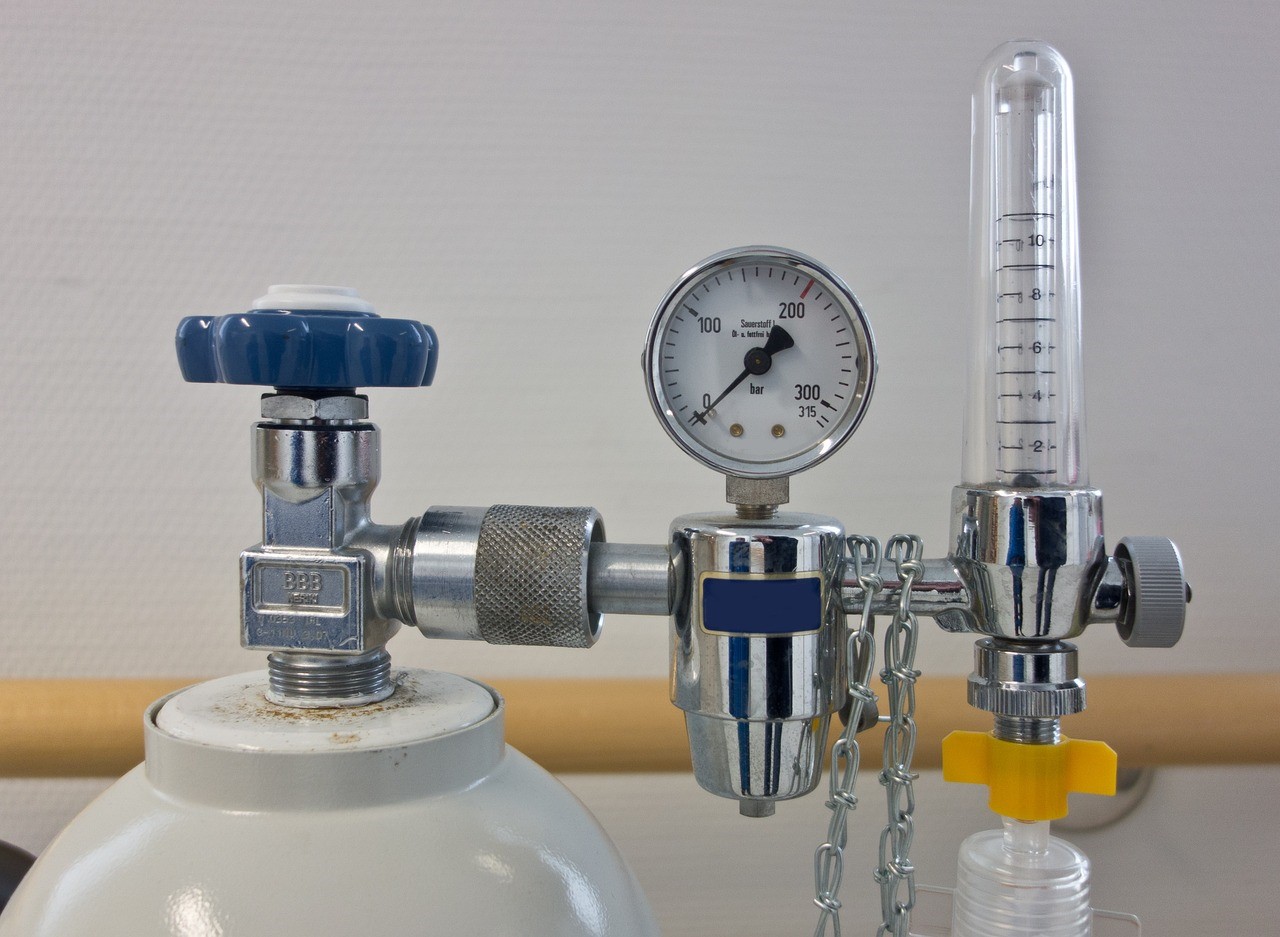Views: 34 Author: Site Editor Publish Time: 2025-10-31 Origin: Site
In any pneumatic system, clean and stable compressed air is essential for smooth operation. Without proper air treatment and control, contaminants like dust, oil, and moisture can damage valves, cylinders, and actuators—leading to inefficiency or even equipment failure. That's why choosing the right air source control components is crucial.
Let's explore how each component works, what to consider during selection, and how to create a reliable air preparation setup for your system.

An air source control unit, often called an FRL unit (Filter, Regulator, and Lubricator), prepares compressed air before it enters the main pneumatic circuit. Each part performs a vital role:
| Component | Main Function | Result |
|---|---|---|
| Air Filter | Removes dust, water, and impurities from compressed air | Prevents clogging and wear in downstream equipment |
| Air Regulator | Maintains stable pressure at the set level | Ensures consistent pneumatic performance |
| Air Lubricator | Adds a fine mist of oil into the airflow | Reduces friction and extends the lifespan of moving parts |
Depending on the system, these components can be combined into one FRL assembly or used separately for more complex air control setups.
Different applications require different air cleanliness levels. For example:
Automation or robotics: High precision and minimal oil contamination.
Pneumatic tools or cylinders: Moderate filtering with lubrication.
Food and medical industries: Oil-free, dry, and ultra-clean air.
Choose filter grades according to ISO 8573 standards. For general industry, a 40 µm filter is often enough, while sensitive applications may need 5 µm or finer.
Each FRL component has a pressure range and flow capacity. If your system demands high airflow—such as in large cylinders or multiple actuators—select larger ports (e.g., 1/2" or 3/4") to minimize pressure drop.
Always ensure the regulator's maximum inlet pressure exceeds your compressor's output.
Aluminum bodies are lightweight and corrosion-resistant—ideal for general industrial use.
Brass or stainless steel versions are preferred for harsh or humid environments.
Transparent polycarbonate bowls allow visual inspection of the filter and oil levels but should be shielded from solvents or high temperatures.
Modern pneumatic systems are increasingly maintenance-free, but certain devices—like air motors or older valves—still require lubrication.
If your setup includes these, a lubricator is essential. Otherwise, you can omit it to avoid oil carryover.
A well-designed air source unit should be easy to clean and maintain.
Look for:
Quick-release bowls for filters
Visible pressure gauges
Modular FRL units that can be replaced individually
This design flexibility helps reduce downtime and simplifies servicing.
| Configuration Type | Composition | Suitable for |
|---|---|---|
| Filter + Regulator (FR) | For clean, stable pressure without lubrication | Automation systems, sensors |
| FRL (Filter + Regulator + Lubricator) | Complete air treatment | Pneumatic tools, cylinders |
| Customized FR modules | Optional pressure switches, drain valves, or digital displays | Advanced industrial lines |
For small workshop tools, a compact FRL unit may be enough. In large manufacturing systems, multiple FRLs are often installed in different sections to maintain consistent air quality.
A properly selected and maintained air control system can save up to 15–20% of energy costs by preventing leaks, pressure losses, and over-lubrication.
Safety is equally important:
Set regulators to recommended operating pressure.
Check filters regularly for clogging.
Replace lubricator oil with the correct pneumatic-grade oil.
Regular inspection ensures stable pressure and clean airflow—keeping your system safe and productive.
If you notice:
Frequent clogging or water in air lines
Inconsistent actuator speeds
Excessive noise from valves
Higher energy consumption
…it may be time to upgrade your FRL system. Newer models feature modular designs, automatic drains, and energy-efficient regulators, making maintenance easier and improving reliability.
The best pneumatic systems start with dependable air source control components. Selecting a trusted manufacturer ensures:
High-quality materials and consistent performance
Compatibility with global standards
Support for customized solutions based on your working environment
Choosing the right air source control components isn't just about filtering or regulating air—it's about protecting your entire pneumatic system from inefficiency and wear. By considering pressure, flow, and quality requirements, you can build a stable, energy-efficient setup that enhances both performance and longevity.
WAALPC Pneumatics specializes in manufacturing high-performance air source control and FRL units for industrial and automation applications. We offer customization, wholesale supply, and technical support to help businesses build cleaner and more efficient pneumatic systems.
Contact WAALPC Pneumatics today to get tailored solutions for your air treatment needs.
Website: www.waalpc.com
Email: tina@waalpc.com